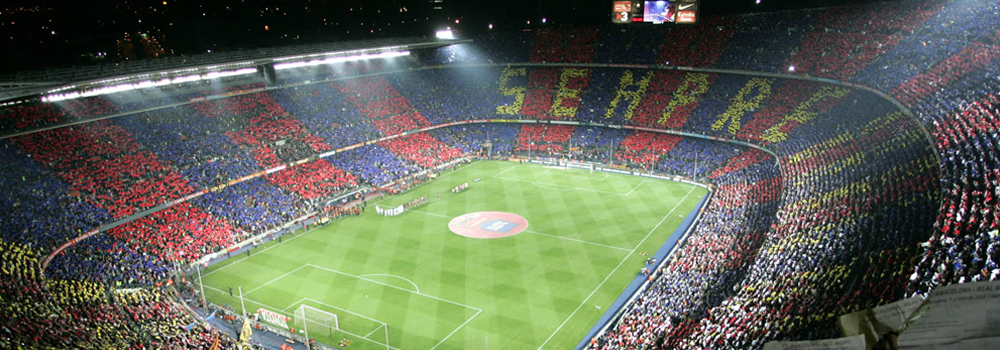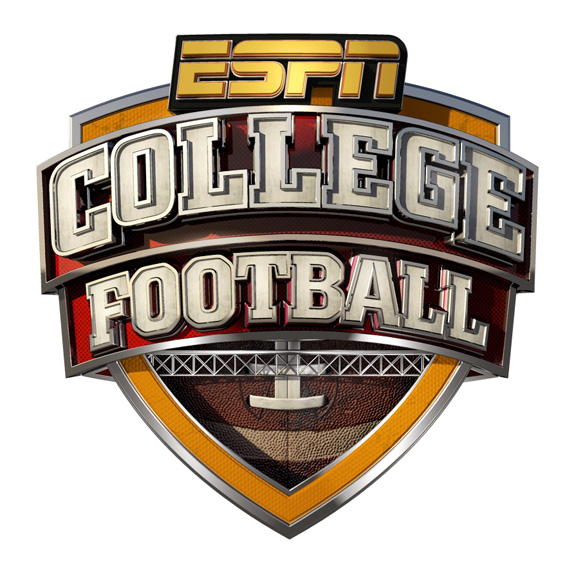The cuts follow a report produced by a commission established by Loh to assess the deficit and recommend actions in response. The report, which can be found here in PDF, has relevance much beyond the University of Maryland.Calling Monday a “day of enormous sadness,” University of Maryland President Wallace D. Loh accepted the recommendation of his athletics commission to cut eight of the school’s 27 varsity sports programs in an effort to tackle the athletic department’s multimillion dollar deficit...
Loh said the current business model in college sports, where schools rely on two revenue-producing sports (football and men’s basketball) as well as lucrative television contracts associated with those sports, is “inequitable and unsustainable.” Loh pledged to continue to work with the ACC, NCAA and other national organizations to address what he called the escalating financial arms race in college sports.
The report surveys the newly-constituted Atlantic Coast Conference which has the participation of 14 schools. The report provides these eye-popping numbers.
First, total athletic department expenditures:
1. Florida State University $75 million
2. University of Miami $51 million
3. Clemson $56 million
4. Duke $68 million
5. Wake Forest $41 million
6. Georgia Tech $47 million
7. Boston College $63 million
8. University of Virginia $71 million
9. University of Pittsburgh $49 million
10. UNC $67 million
11. Virginia Tech $50 million
12. NC State $47 million
13. University of Maryland $51 million
14. Syracuse University $49 million
These expenditures result in an "investment per student athlete" (FY 13) of $129,000 per yer at FSU to a low of $68,000 at Syracuse, which no doubt masks large differences across different sports. By cutting 8 sports, Maryland's per athlete investment will jump from $57,000 in FY 10 to $108,000 in FY 13.
The Maryland report provides further details on a system that is fundamentally broken and unsustainable.




















